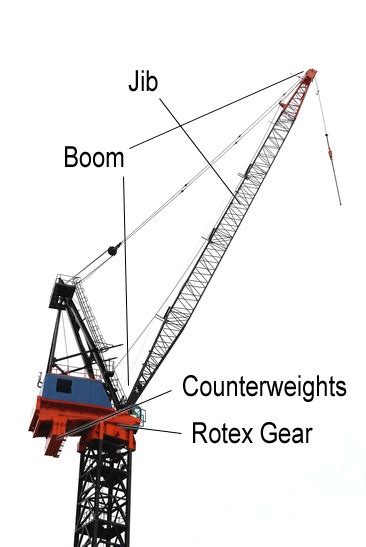The anatomy and terminology of cranes are essential for understanding their functionality, especially the boom, a key component. The boom, a long telescopic or fixed arm, is used for moving objects and is a distinctive feature of cranes. Its primary purpose is to facilitate the handling of materials, reducing the risk of environmental pollution, especially in sensitive areas like shorelines. In the context of oil spills, containment booms are crucial for limiting environmental damage.

The term ‘boom’ also has various other meanings in different contexts. For instance, ‘baby boomers’ refer to the demographic cohort born between 1946 and 1964. In financial contexts, ‘boom and bust cycles’ describe alternating periods of economic growth and decline. The word ‘boom’ even finds a place in entertainment, with references to characters like Boj, who uses “Boj-a-boom” ideas for creative problem-solving.
Historically, booms have played significant roles, such as in the replacement of booms in naval yards or the impact of sonic booms heard over vast distances. The term also features in darker narratives, such as the threat of bombs in public spaces, as in the fictional scenario involving the character TiNT. Understanding the multifaceted uses and meanings of ‘boom’ across different fields provides a comprehensive insight into its significance.

